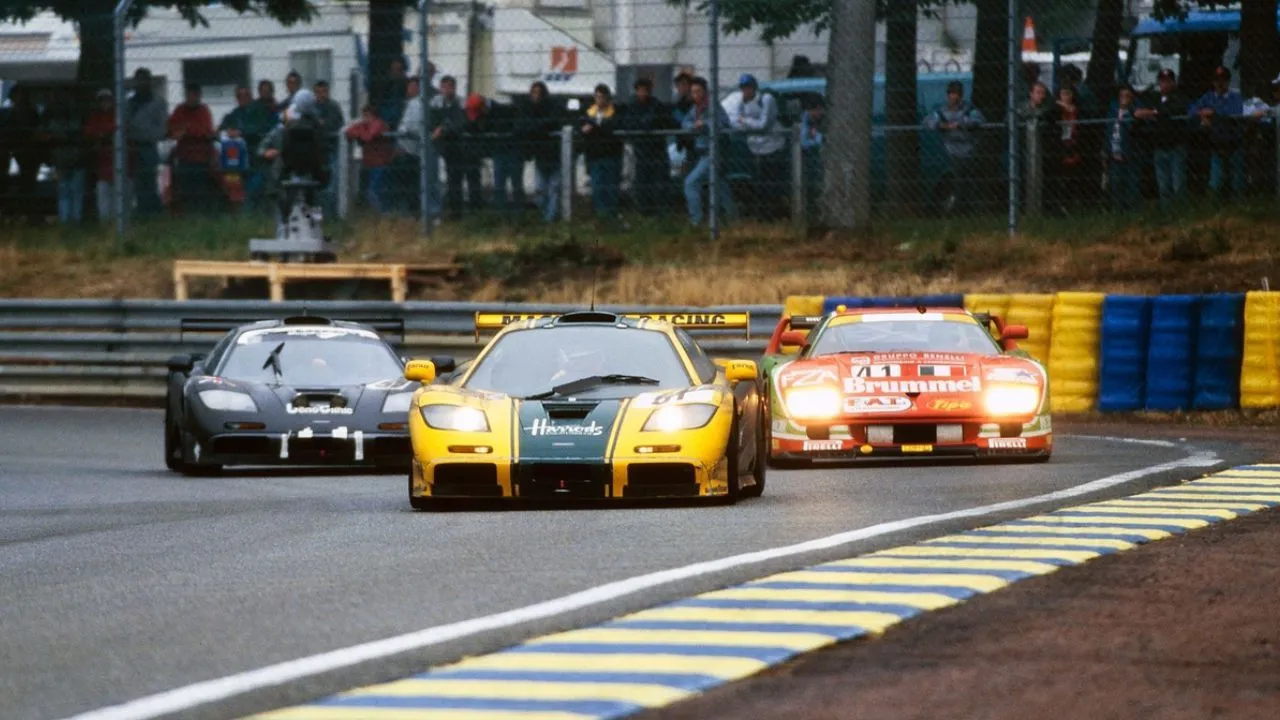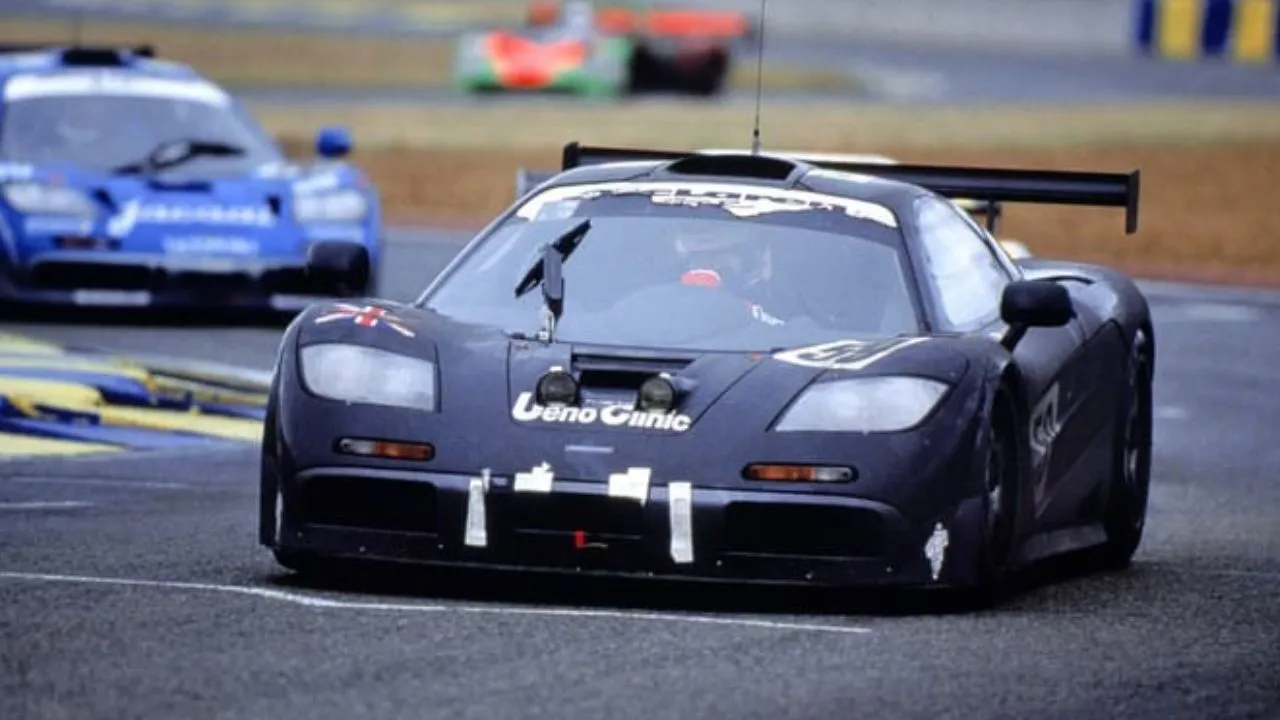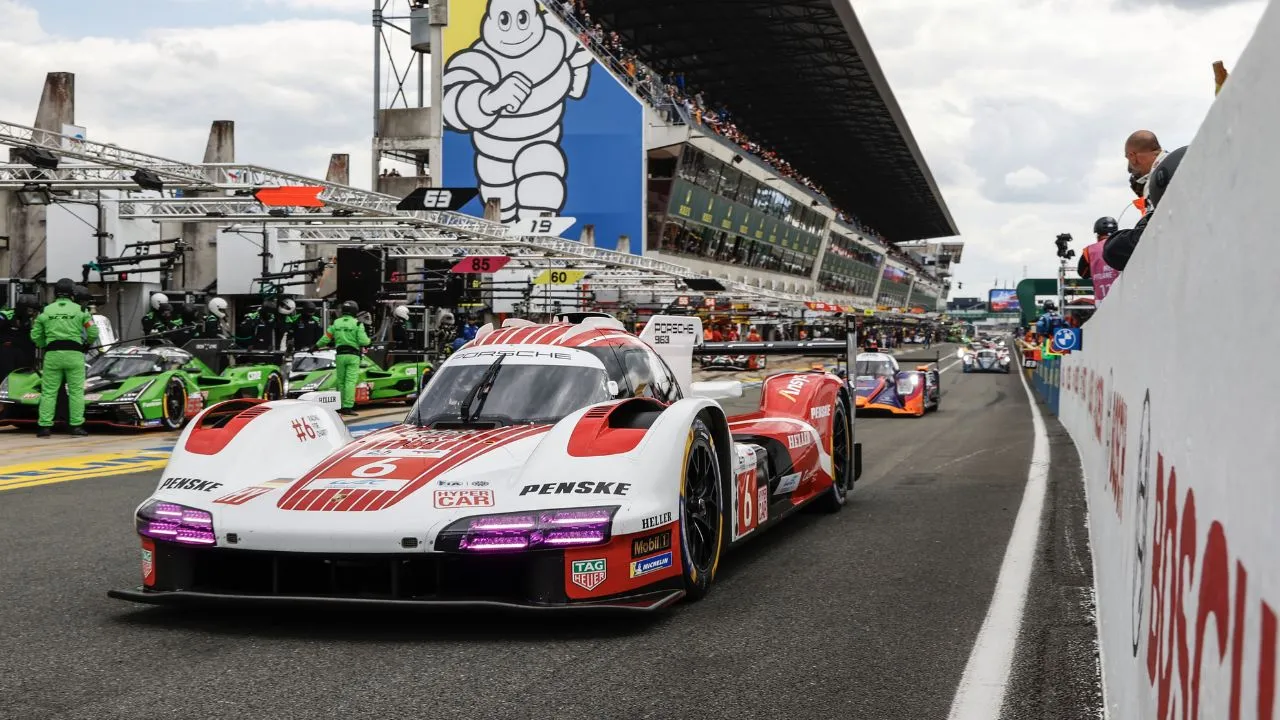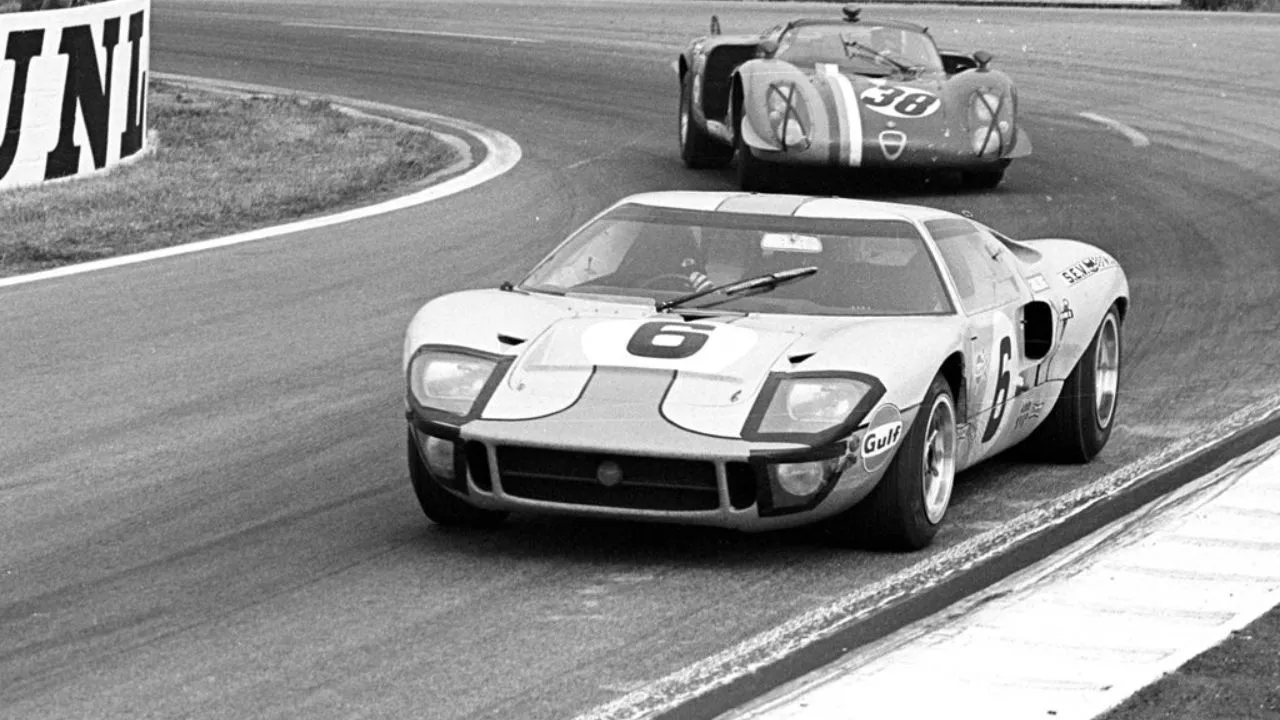This McLaren Road Car Defeated the Purpose-built Le Mans Machines
The Gordon Murray-designed McLaren F1 is iconic, almost mythic. Born from a road car project, it won the overall victory at Le Mans on its first attempt in 1995.

The McLaren F1's surprise win at Le Mans in 1995 is a big part of why it's so legendary. Back then, people used to say the F1 was such a great road car that they barely had to change it to race at Le Mans. It wasn’t even meant for racing, and the racing version wasn’t supposed to be there. But against all odds, it ended up winning! This win by the McLaren F1 GTR is one of the most surprising stories in Le Mans history. McLaren became one of only three manufacturers to win Le Mans on their first try in 1995. Plus, it was the last street-legal car to win the race. There's still some debate about why it even entered the race. Some say a businessman pushed McLaren to make a race car, while others have different theories.
The Begining
In a surprising turn of events, early 1995 saw renowned designer Gordon Murray reluctantly agree to modify his beloved McLaren F1 road car for the gruelling Le Man's race, just six months before the event. James Robinson, heading the GTR Race Development Team, shouldered the task of transforming "the ultimate road car" into a competitive track machine. Their efforts resulted in a total of seven F1 GTR race cars, prepped and ready for five different teams by race day.

Also Read: WEC: Aston Martin Set to Return to Le Mans in 2025 with Valkyrie LMH
Two of these cars, sporting numbers 24 and 25, belonged to Gulf Racing and were built using the original McLaren test chassis. Another, number 59, was entrusted to Kokusai Kaihatsu Racing. The remaining two cars, numbered 50 and 51, found homes with Giroix Racing Team and Mach One Racing respectively. However, their origins as modified street cars meant the F1 GTRs would be facing an uphill battle. Not only would they be competing against established GT cars, but also against specially engineered Le Mans prototypes known as WSC entries. With this daunting competition, everyone, including McLaren themselves, knew the F1 GTRs were definite underdogs.
The 1995 Le Mans Race
The 1995 Le Mans was a rollercoaster ride for the McLaren F1 GTRs. Despite a cautious qualifying to learn the track, driver JJ Lehto pushed the engine too hard, forcing a last-minute replacement with the only spare. This meant keeping the revs low throughout the race, with watchful eyes from BMW specialists for any drivetrain issues.

As the race progressed, the tables turned. Technical woes plagued the faster prototypes, leaving the GT1 class, including the McLarens, surprisingly in the lead. However, heavy rain turned the track treacherous, causing many cars to spin out. Lehto's experience shone through the night, keeping the McLaren F1 competitive.
Also Read: WEC: Toyota to field Hydrogen Powered GR H2 Prototype at Le Mans 2026
The final hours were a nail-biter. Only a handful of McLarens remained alongside Mario Andretti's Porsche prototype. A fierce battle ensued, but veteran driver Yannick Dalmas held his nerve for Kokusai Kaihatsu McLaren. In a shocking turn of events, this last-minute entry with an untested car defied the odds and clinched victory. This win marked history's first Le Mans win for Finnish and Japanese drivers and an incredible debut win for McLaren.

McLaren's dominance was undeniable. Two cars didn't finish, but the remaining five achieved an incredible feat – securing the top five spots (1st, 3rd, 4th, 5th) and a 13th-place finish. This remarkable performance cemented the McLaren F1 GTR's legacy as the most successful debut car ever at Le Mans.





















Write your Comment on